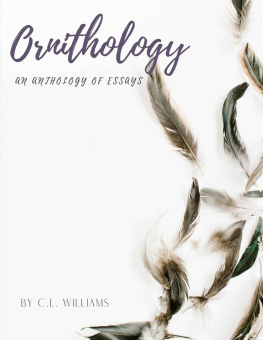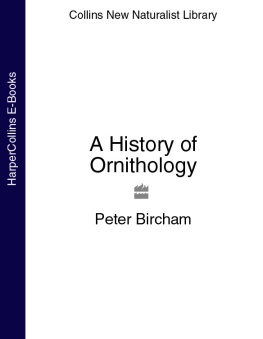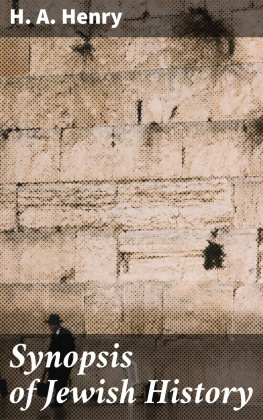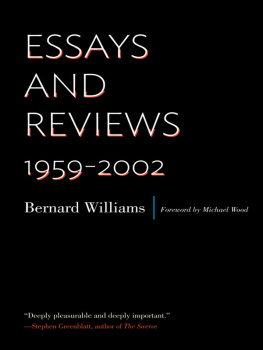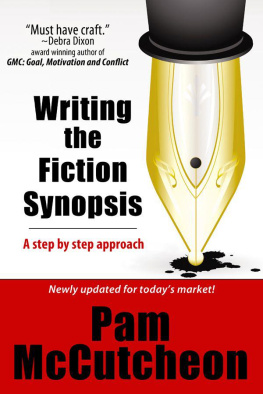Claire L. Williams - Essays in Ornithology
Here you can read online Claire L. Williams - Essays in Ornithology full text of the book (entire story) in english for free. Download pdf and epub, get meaning, cover and reviews about this ebook. year: 2020, publisher: Claire Williams, genre: Romance novel. Description of the work, (preface) as well as reviews are available. Best literature library LitArk.com created for fans of good reading and offers a wide selection of genres:
Romance novel
Science fiction
Adventure
Detective
Science
History
Home and family
Prose
Art
Politics
Computer
Non-fiction
Religion
Business
Children
Humor
Choose a favorite category and find really read worthwhile books. Enjoy immersion in the world of imagination, feel the emotions of the characters or learn something new for yourself, make an fascinating discovery.
- Book:Essays in Ornithology
- Author:
- Publisher:Claire Williams
- Genre:
- Year:2020
- Rating:4 / 5
- Favourites:Add to favourites
- Your mark:
- 80
- 1
- 2
- 3
- 4
- 5
Essays in Ornithology: summary, description and annotation
We offer to read an annotation, description, summary or preface (depends on what the author of the book "Essays in Ornithology" wrote himself). If you haven't found the necessary information about the book — write in the comments, we will try to find it.
Essays in Ornithology — read online for free the complete book (whole text) full work
Below is the text of the book, divided by pages. System saving the place of the last page read, allows you to conveniently read the book "Essays in Ornithology" online for free, without having to search again every time where you left off. Put a bookmark, and you can go to the page where you finished reading at any time.
Font size:
Interval:
Bookmark:
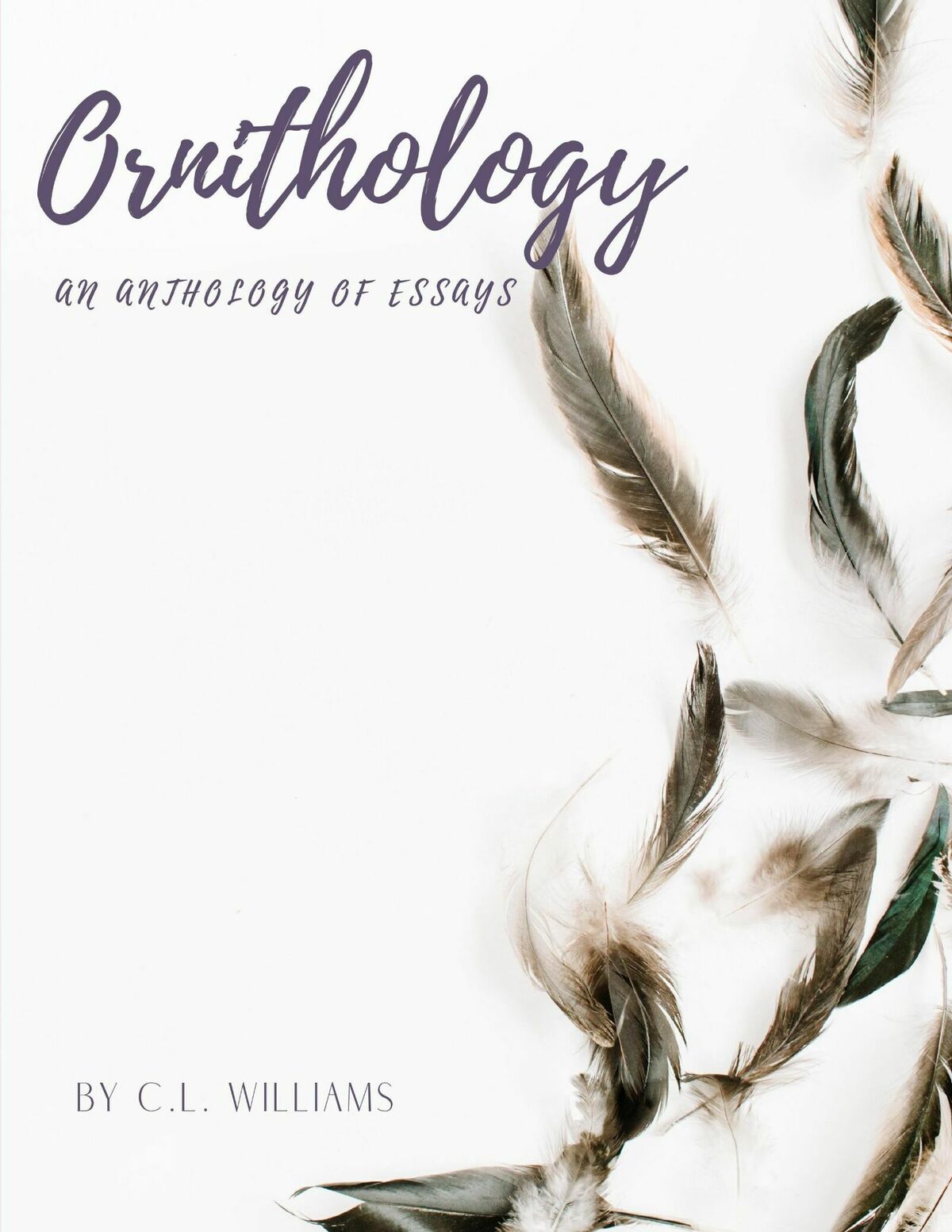
For my parents, who never gave up on me
and for Olly, who was always by my side.
Copyright 2020 by C.L. Williams.
All rights reserved. No part of this book may be reproduced in any manner whatsoever without written permission except in the case of brief quotations embodied in critical articles and reviews.
The author, editor and publisher cannot take responsibility for information provided in this book. We make no warranty, expressed or implied, as to the results obtained from the use of the information provided. We shall have no liability for the accuracy of the information and cannot be held liable for any third-party claims or losses of any damages.
First Printing, 2020.
Abstract
Ecosystems can be seriously disrupted if top predators are lost. Reintroductions of locally extinct predator species are currently being undertaken in ecosystems across the world to combat the effects of top predator loss. Within NSW Barren Grounds Nature Reserve, the loss of the Eastern Quoll (Dasyurus viverrinus) has led to a number of positive and negative effects on native bird communities including altered trophic cascades, the potential introduction of parasites and pathogens, habitat alteration, loss of biodiversity, and introduction of non-local stock into the ecosystem. Although the reintroduction of the Eastern Quoll to the mainland is essential to their survival, the impact on the already existing Barren Grounds Nature Reserve needs to be considered.
Introduction
It is not only global biodiversity that is threatened due to the loss of species, but individual ecosystems can become greatly damaged if top predators are lost at a local scale. It is for this reason that the reintroduction of locally extinct predator species is currently being undertaken in ecosystems across the world. Reintroductions, defined as the intentional movement and release of an organism inside its indigenous range from which it has disappeared (IUCN, 2018) are, therefore, becoming increasingly attractive in conservation plans (Byrne and Pitchford, 2016). Although much evidence exists for the effects on ecosystems following top predator reintroduction, there is a considerable gap when it comes to the effects on birds. This paper will focus on filling this knowledge gap, particularly in regards to the reintroduction of the Eastern Quoll (Dasyurus viverrinus) to the ecosystem of Barren Grounds Nature Reserve in New South Wales.
Barren Grounds Nature Reserve, gazetted in 1956, is a 2024-hectare heathland located at the highest point of Jamberoo Pass in the southern Illawarra region of New South Wales. It is known for being one of four remaining areas of heath along the NSW South Coast, making it an important habitat for many plant and animal species as it acts as a bridge between northern and southern NSW conservation areas. Barron Grounds is primarily heathland; however, regions of open woodland, woodland, cool temperate rainforest, warm temperate rainforest and sub-tropical rainforest exist. The heathland vegetation complex is home to a number of endemic populations of threatened and endangered species; however, no comprehensive species list exists. The Barren Grounds Bird Observatory and Field Studies Centre was operational between 1982 and 2004, however, many valuable field records of bird sightings have been misplaced since its closure.
More than 180 species of birds can be found at Barren Grounds including various native Honeyeaters (family Meliphagidae), Lyrebirds (family Menuridae) and Cockatoos (family Cacatuidae). Specifically, the Grey Currawong (Strepera versicolor), Crimson Rosella (Platycercuselegans), Southern Emu-wren (Stipiturusmalachurus), Eastern Ground Parrot (Pezoporuswallicus) and the endangered Eastern Bristlebird (Dasyornisbrachypterus) are known to inhabit the reserve in relatively large numbers (Baker and Whelan, 1992; NPWS, 2017). Other common bird species can be found listed in appendix 1. In addition, the reserve is home to 3 rare species of algae, 2 rare plant species, 3 rare frog species and a rare, undescribed species of frog (Litoria sp.) It also has the only relatively high populations of the Long-nosed Potoroo (potoroustridactylus), Tiger Quoll (Dasyrusmaculatus), Eastern Ground Parrot and Eastern Bristlebird in the region (Bramwell et al., 1990; Jordan, 1991; NSW NPWS, 1998). Furthermore, one third of the endemic bird species are known to use Barren Grounds Nature Reserve as a breeding site (NPWS, 2017). The Eastern Quoll was once considered to be numerous in the area, however, has been absent since the 1940s (NPWS, 1996).
The Eastern Quoll is considered to be an endangered species which was previously widespread across south-eastern Australia, however, considered to be extinct from mainland Australia by the 1960s (IUCN Red List of Threatened Species, 2018). The species is considered to have reduced its size by more than 50 % over the last decade throughout Tasmania, with only 2 populations in existence with the only substantial population being found on Bruny Island (Driessen and Hocking, 1992; DPIPWE, 2012). The Eastern Quoll is a nocturnal, opportunistic carnivore that feeds primarily on invasive rabbits and other rodents, small brids, small elapsid snakes, skinks and invasive invertebrate species which are considered to be agricultural pests (DPIPWE, 2012). Predation by feral Cats (Feliscatus) and competition for food is the primary driver for decreased populations of the Eastern Quoll. Jones et al. (2004) notes that the species lacks a response to predation by the Red Fox (Vulpesvulpes) and, therefore, would be vulnerable in regions where the Red Fox is established. There have been multiple episodes of mortality associated with disease that are associated with the local extinction of the Eastern Quoll on the mainland (Green et al., 2007). In order for this species to successfully be reintroduced to mainland Australia, the feral Cat and Red Fox populations must be eradicated or effectively controlled.
Impacts of Reintroduction
If the Eastern Quoll was to be reintroduced into Barren Grounds Nature Reserve, it would likely have a variety of beneficial and deleterious effects on the current ecosystem and in particular on its native avian species, including effects on altered trophic cascades, the potential introduction of parasites and pathogens, habitat alteration, loss of biodiversity, and introduction of non-local stock into the ecosystem.
Trophic Cascades
Top predator reintroduction can affect an ecosystem at both the population level and the community level. At population level the ecosystem may be able to continue to function despite a shift in species composition, however, the trophic cascades will have been altered. Trophic cascades are indirect interactions whereby predators in a food web suppress the abundance of and alter the behaviour of prey. For example, the reintroduction of the Eastern Quoll would undoubtedly decrease the numbers of prey animals within the ecosystem which, for this animal would include birds, rodents, reptiles and invertebrates. This essentially means that small avian species such as Honeyeaters, Parrots and the endangered Eastern Bristlebird will have their populations decreased, possibly drastically. By consuming invertebrates, there will be direct competition between the Eastern Quoll and insectivorous native bird species which will likely further reduce the numbers of birds within the ecosystem, even for those species which are not directly predated on by the Eastern Quoll. Further direct competition would exist between the Eastern Quoll and Tiger Quoll as they share the same diet which could lead to a loss of one of the species, or even hybridisation. If the required conditions were suitable, which could potentially lead to a fitter hybrid species that could better predate certain avian or insect species, potentially leading to a depression in population numbers and possible extinction of threatened bird species. Competition could also decrease the number of insects available for consumption by insectivorous birds again leading to depression of species numbers. Competition is not limited to diet. Competition for resources such as space for suitable breeding and nesting sites, materials to construct nests and line burrows, shade and even water will occur once the Eastern Quoll is reintroduced into the ecosystem. This knock-on effect will be far reaching and disrupt the entire food web within the ecosystem.
Font size:
Interval:
Bookmark:
Similar books «Essays in Ornithology»
Look at similar books to Essays in Ornithology. We have selected literature similar in name and meaning in the hope of providing readers with more options to find new, interesting, not yet read works.
Discussion, reviews of the book Essays in Ornithology and just readers' own opinions. Leave your comments, write what you think about the work, its meaning or the main characters. Specify what exactly you liked and what you didn't like, and why you think so.

